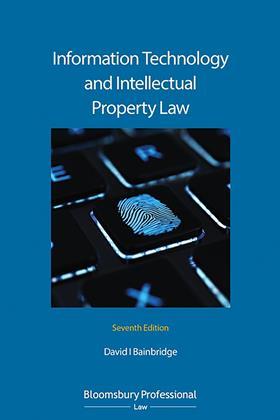Constitutional Law, Administrative Law and Human Rights (8th edition)
Ian Loveland
£38.99, OUP
★★★★✩
Writing about public law over the last two decades must be exhausting. The last few years have seen an exponential growth in judicial review proceedings, broadening the ability of the person on the Clapham Omnibus to challenge the actions of the government.
Every few months, some sort of constitutional novelty seems to pop up – devolution, the Human Rights Act and the creation of the Supreme Court to name a few of the higher-profile ones. That is to say nothing of Brexit, which has shed a fascinating light on the respective roles of government, parliament, courts and the citizen. The public law researcher has been kept busy and can never be entirely sure that what they write on one day will not be out of date the following week. Fortunately, some brave souls are still willing to toil away in this fascinating field.
Professor Loveland has produced a thorough and readable introduction to the subject. His academic CV lists him as an expert in constitutional history – and it shows. His clear account of the convoluted history of the British constitution is the book’s real strength. He tackles the subject with obvious relish, without getting bogged down in detail, and produces a well-paced and interesting work which lays a foundation for further study.
His account of the development of the administrative law jurisdiction is not as strong as the earlier part of the work. The writer knows his subject and all his professional interest and experience is on show, but some chapters feel like they could do with some updating. The chapter on the early development of the judicial review jurisdiction, for example, seems to end just before the Woolf reforms and the introduction of the Civil Procedure Rules. True, he does trace some of the substantive developments to more recent times – primarily in assessing the development of proportionality and the influence of human rights and EU law on domestic public law – but this is the weaker section of the book.
Generally, the book does exactly what it is meant to do. It is engagingly written and eminently readable, and sufficiently thorough to provide a good grounding in the subject without being overwhelming. At well over 700 pages, it is not a light read – definitely not the easiest book to handle on the 07:32 to Waterloo. It is perhaps too much of an academic work to be especially helpful for the busy practising lawyer, but an excellent option for those new to studying the subject.
James Hurford is a lawyer in the Government Legal Department

Information Technology and Intellectual Property Law (7th edition)
David I Bainbridge
£165, Bloomsbury Professional
_
With coverage on the implications of Brexit, this comprehensive analysis of intellectual property laws sets out what tomorrow’s problems may be. As well as looking at the law in the UK and EU, including the EU Regulations on Community Design, this book also examines the US and other foreign jurisdictions. The text is written in an accessible style, and graphics and diagrams explain the main aspects of IT and IP law.































No comments yet